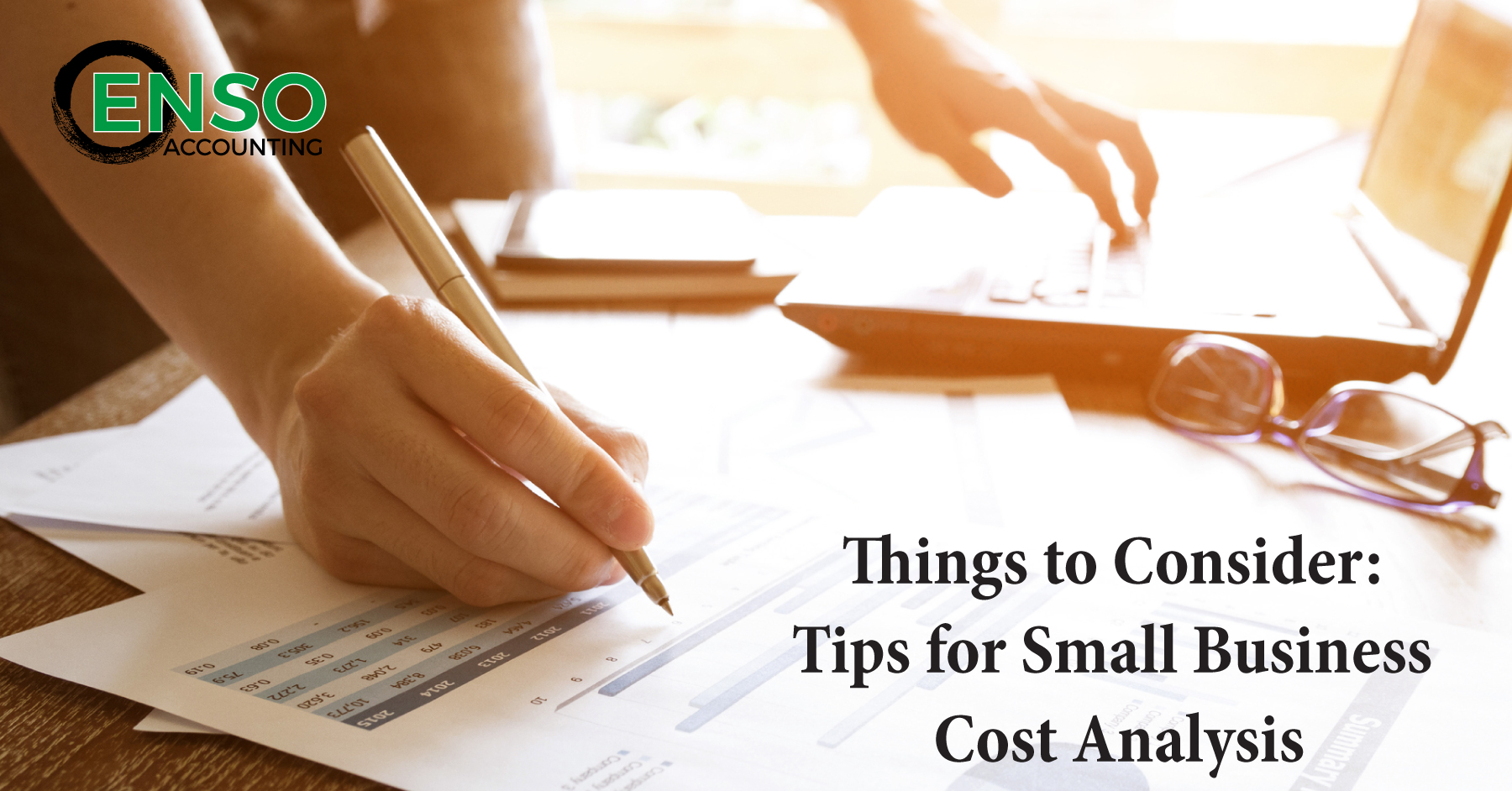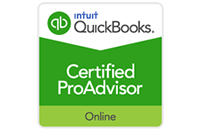Effective cost analysis can not only help resolve budget shortages but also enable you to create long-term solutions for your business. So, what are the steps of effective cost analysis?
When it comes to cost-benefit decisions, there’s a lot to consider. However, the successful business leader will be able to reach a decision after deciding whether the cost will effectively pay for itself in time and whether a project or investment is actually needed. Let’s take a look at some of the steps behind cost analysis.
Establish If There’s a Need
The first step in cost analysis is deciding whether there is need for an expense. Is it vital to hire more staff? Does the business need to invest in marketing initiatives? Is it important to expand the physical office building? The answers to questions like these are always dependent on both the individual business and their current position. However, cost analysis requires you to look into the future to gauge if the investment will be worthwhile. If a project or investment isn’t immediately needed, then perhaps it’s a cost that can wait for revenue to increase. On the other hand, spending money is sometimes necessary to becoming more efficient or gaining more income. The first step is deciding if a cost is, in fact, vital to begin with.
Consider Benefits
A cost is only acceptable if it has a good payoff. Consider how much money your business can gain by hiring another staff member to take on more work, or how many new customers you might gain through professional marketing efforts. If the answer is that you could increase productivity and income, then the costs are probably quite acceptable.
Be sure to factor in how long these new investments might take to recoup their cost. This is probably the hardest aspect of cost analysis – after all, the future is uncertain. Considering benefits ultimately requires you to weigh whether doing something now is better than not taking a potential risk. If you want to grow your business, you inevitably need to address the costs of expanding operations.
Consider Potential Failures
A cost analysis must also consider the event that your project or investment doesn’t pan out. How much will it cost if you spend money and don’t reap any rewards? It’s a scary question, especially for a small business, but it’s something that you ultimately need to consider. This is why budgeting is important. Make sure you have the funds to act on an investment but enough reserve money to recoup. At the same time, don’t be petrified of taking risks.
There are ways to recover and/or create a cushion for an unfruitful cost. For example, you could invest in marketing efforts gradually, or start your expansion by hiring only one new employee per quarter. Allotting a set amount for a specific need will ensure that you have a cushion one way or another.
Assign Monetary Values
It’s not enough to group a cost into being a total benefit or a potential risk. You need to think in terms of actual money, so you can factor the cost more effectively into your budget. This can be done through detailed research such as shopping around for the best rates on key services or supplies. You can also estimate whether a cost is reasonable based on your business’ performance and if it’s generating enough income to allow for an expense. All investments cost, but pinpointing a general dollar-amount will enable you to be more prepared, whatever your decision is.




